The Yorkville Enquirer reported on June 7, 1895 – “Mr. Dillinger is in charge of a gang of hands and has begun clearing out the Broad River from Lockhart Shoals to the Darwin Place. They commenced at Hall Shoals and are making good progress.” Also on this date, “the Lockhart Mill Co., has put in a first class flat (boat), just above Lockhart Shoals and has established a free ferry.”
City Directories and History: This is a group of early images related to the Town of Lockhart and the Lockhart Mill. Please provide additional images for posting on the website.
The Rock Hill Herald reported on Nov. 24, 1900 on mills in Spartanburg Co., S.C. “The Spartan and Whitney mills have declared dividends a number of northern capitalists attended the annual meeting, including Mr. Seth M. Milliken of NY, Mr. Stephen Greene of Boston, and Mr. Sampson of Boston. The annual meeting of the Lockhart Mill was also held Tuesday. There will be a $200,000. cotton mill built at Inman, located on the Charleston and Western Carolina Railroad. Mr. James A. Chapman, a Spartanburg lawyer, will be Pres. and Treasurer.”
According to an article from The Lantern, I think a newspaper of Lockhart or Union SC, is an article on Thomas Thompson Byars, my GG GF, dated 1-1-1901. It reads: Sorry to hear of the death of Thomas T Byars, 12-12-1900 of Wilksburg or Wilkesburg, Chester County, SC, aged 64 years. For many years he kept the grist mill here, possibly before the antebellum age. He cleared and cultivated the land where the Lockhart property is now built. The spring from where he drank is where the wheel that runs the machinery of the mill is now placed. He was patriotic and regarded as a strictly honest man. During the war he offered his services to the Confederacy, but was detailed as a miller. For many years he was postmaster of Wilkesburg. The position he held at the time of his death. Thomas Byars had many children who worked at the Lockhart Mill including my G GF Joseph and GF Clarence. According to the 1900 census Clarence worked there when he was 9 years old. Submitted to R&R.com by Kenneth Byars 1.21.2020
OUR BROAD RIVER FRIENDS The Chester Lantern, November 30, 1897 (Reprint courtesy of the CDGHS – Bulletin)
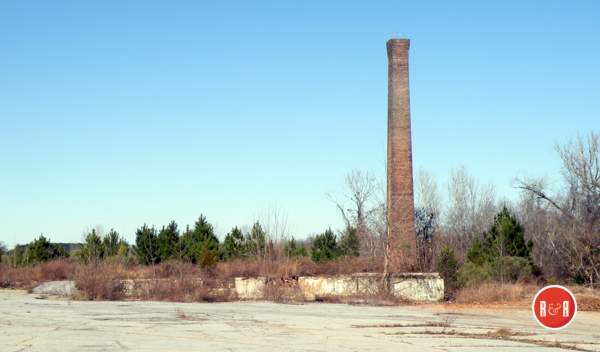
Image of the remaining smoke stack at Lockhart, S.C. Image courtesy of photographer Ann L. Helms – 2018
On last Tuesday we set out In our buggy for Broad River. In due time, we arrived at the home of our old friend, Mr. Craig Kirkpatrick, who has passed his four score years. The house in

Courtesy of the Tucker Collection – 2017
which he was born is still standing; notwithstanding, it was built before the Revolutionary war…. This house has still the same little window from which Tories could be seen and warning given to the Whigs to escape to a neighboring swamp. We were informed by our old friend that he began farming on his own account in 1835, and sold cotton that year as high as 16 cents per pound. The next year he sold cotton as low as three cents per pound. In 1845 he sold cotton at four cents. So our farmers will observe that a low price for cotton is not confined to the present time, and take comfort there from.
The home of Mr. Walker Hardin, a successful young farmer, was safely reached. He lives in York county, a short distance beyond the Chester line. Not far from his residence is the saw mill of Ashe & Moore, under the management of W. N. Ashe. Some of the hickory and ash logs sawed at this mill are four feet in diameter. This material is utilized in buggy factories. Continuing our journey we arrived at the home of Mr. Richard Thompson, a prominent farmer, who has one of the best plantations in the State. A considerable amount of his land produces one bale to the acre.

The Lockhart Canal without running water – rare. Images courtesy of photographer Peter Krenn – 2019
The next day we crossed Broad River, and were not long in reaching Lockhart Mills. These mills began operation in Feb. 1896 and have run at a fair profit. The building is of brick and has four stories. It has 25,000 spindles, 800 draper looms, and makes four yard sheeting. It employs 370 employees and has efficient officers, as follows: J. C. Carey, President and Treasurer; E. C. Beach, Superintendent; Mr. Bacon, Book-keeper. Mr. C. D. Farrar was the first president, and to him is due in a great measure the credit of this enterprise. He worked with indomitable perseverance until a sufficient amount of stock was subscribed in Charleston, Greenville, New York and elsewhere to justify him in beginning work. The machinery of the mill, the cards, in fact everything connected with it, is of the lates improved make. There are seventy-five houses for the operatives, one half of which are made of brick. There is also a company store, of which Mr. Whitney Livingston is manager and Mr. Glover is bookkeeper. It is built of brick, 120 feet long, 50 feet wide, and has two stories, the upper story being used for church purposes. The Lockhart Mills is a great enterprise and bears testimony to what perseverance can accomplish.
Opposite Lockhart Mill on the Chester side of the river is the magnificent water power of Mr. Wade Osborne, one of the most successful and prominent farmers in the county. According to a survey of a U. S. Government engineer, the water power is 12,000 horse, and if fully developed, would produce a second Lowell The natural advantages of the river at this place are superior to those on the western side, and capable of a higher degree of development It certainly presents a splendid opportunity for the investment of capital. Some of our moneyed men in Chester, Columbia and Charleston would do well to give this matter their serious consideration. Mr. Osborne has a grist and flour mill at this place, which does the grinding for the surrounding country. Though it has been improved from time to time a part of the mill building was used by the British during the Revolutionary War. The wheel now used is a modern Turbine of one hundred horse power.
The view from the mill is grand and picturesque. The towering cliffs on both sides of the river, the lofty trees with their variegated hues, the rotting, dashing water, the massive rock, the Lockhart Mills in the distance presents a picture that is beautiful to behold. Dr. J. C. Brawley, formerly of this county, is one of the physicians employed by the Lockhart Mills Company. He is pleased with his position. On our return we called on Maj. John W. Wilks and family. He has one of the most desirable homes and is the largest land holder in the county. He adheres tenaciously to his own views, and expresses them forcibly. He believes that the North and South will not be thoroughly reunited until the former makes some compensation to the latter for her slaves. There is a host of people that would like for this thorough reunion to come at once, if it would be attended with so happy a result Mr. R. P. Folkes is still merchandising at Wilkesburg. Like other merchants he feels the effects of the hard times.
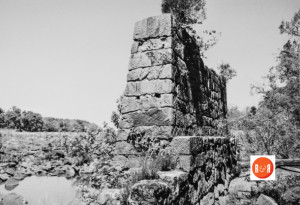
Images from the old Osborne Mill site. Courtesy of the Powell Collection – 2015
Stay Connected
Explore history, houses, and stories across S.C. Your membership provides you with updates on regional topics, information on historic research, preservation, and monthly feature articles. But remember R&R wants to hear from you and assist in preserving your own family genealogy and memorabilia.
Visit the Southern Queries – Forum to receive assistance in answering questions, discuss genealogy, and enjoy exploring preservation topics with other members. Also listed are several history and genealogical researchers for hire.
User comments welcome — post at the bottom of this page.
Please enjoy this structure and all those listed in Roots and Recall. But remember each is private property. So view them from a distance or from a public area such as the sidewalk or public road.
Do you have information to share and preserve? Family, school, church, or other older photos and stories are welcome. Send them digitally through the “Share Your Story” link, so they too might be posted on Roots and Recall.
Thanks!
User comments always welcome - please post at the bottom of this page.
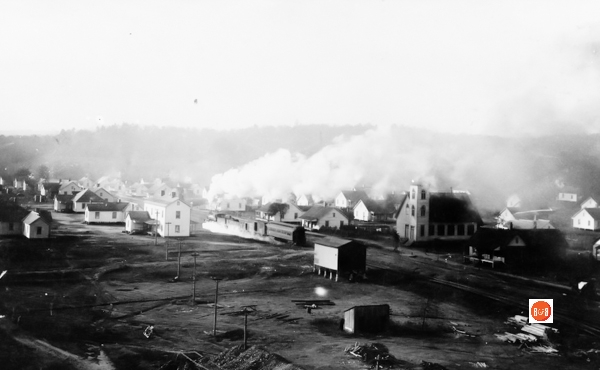

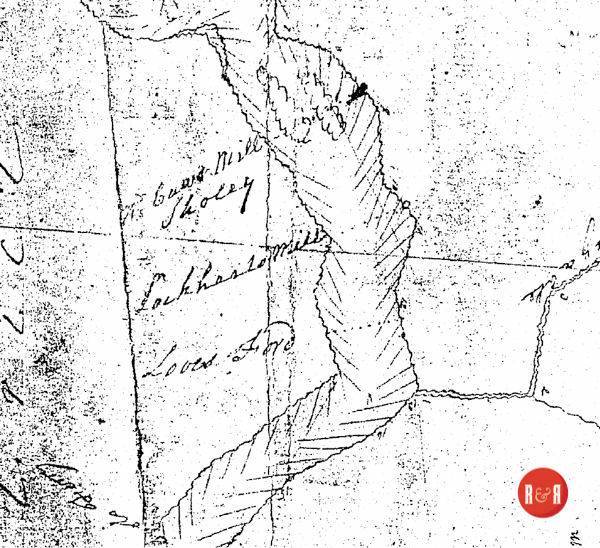



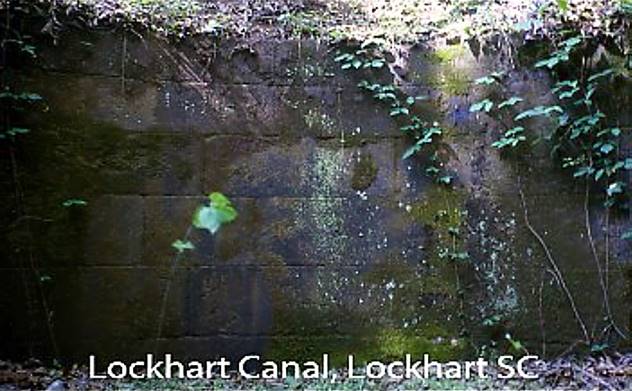

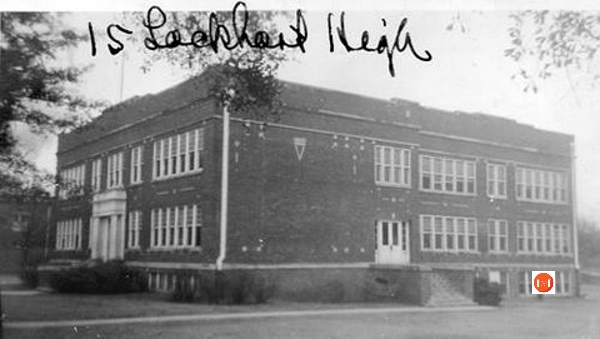

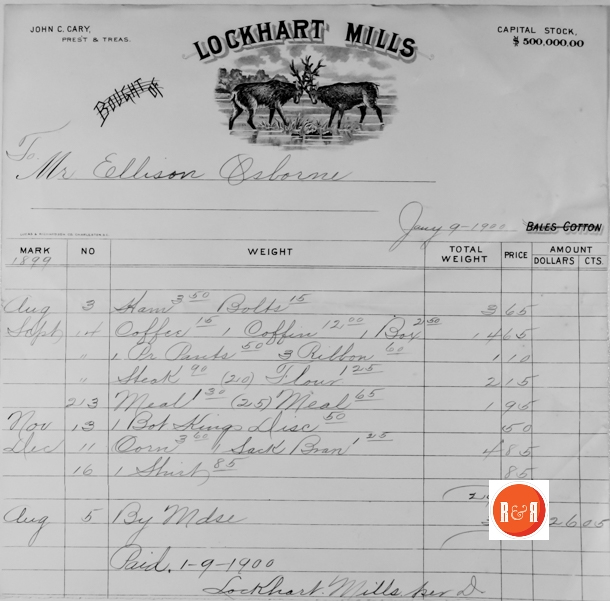





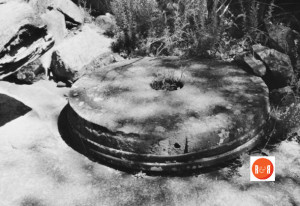
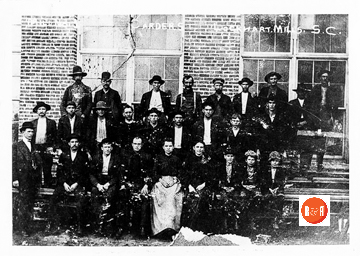



Share Your Comments & Feedback: